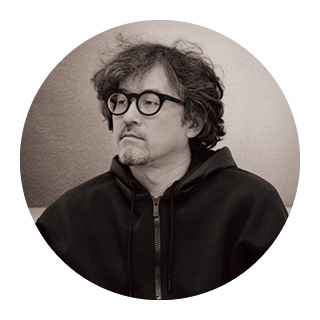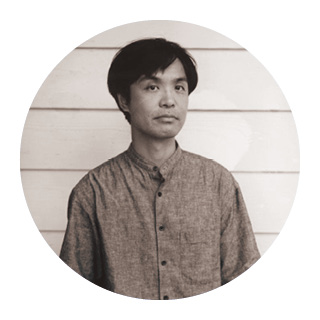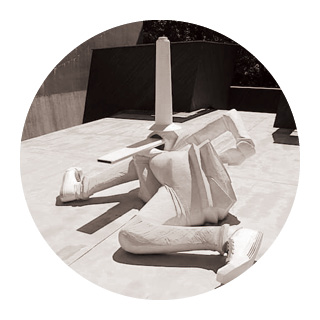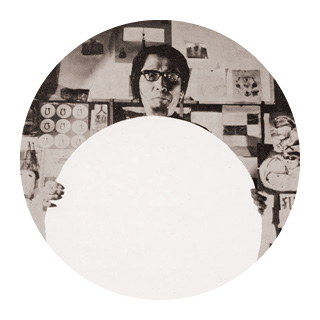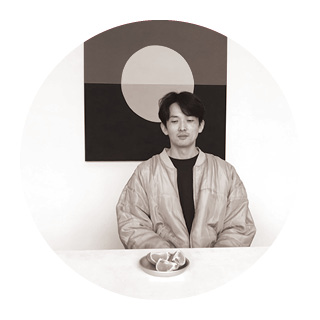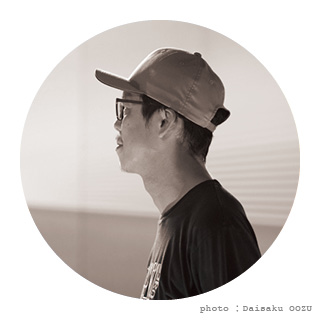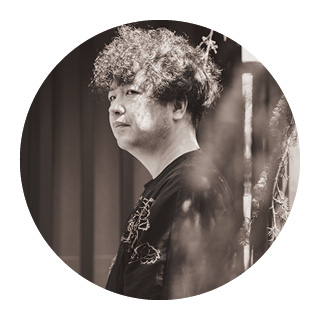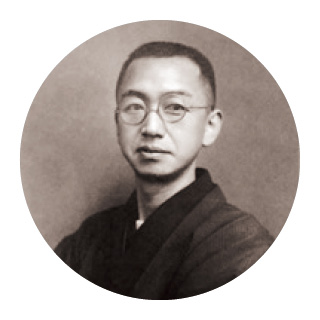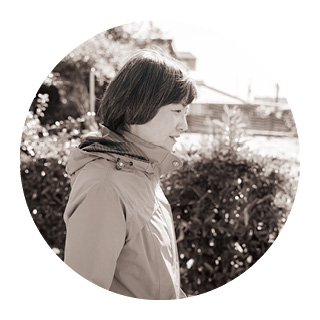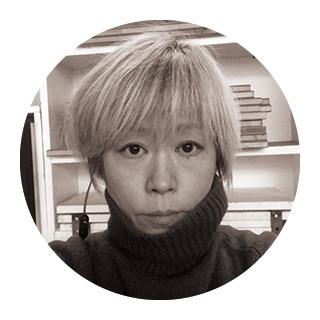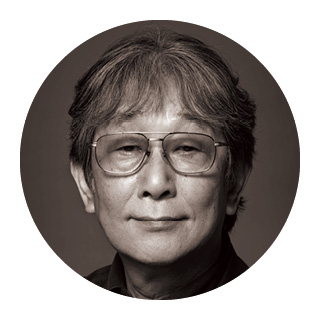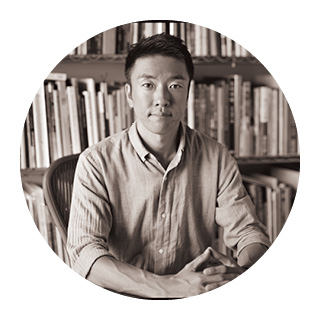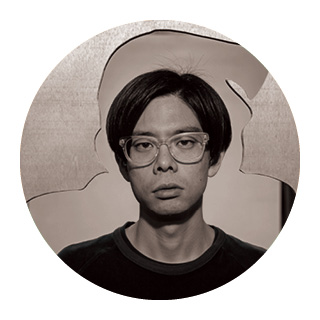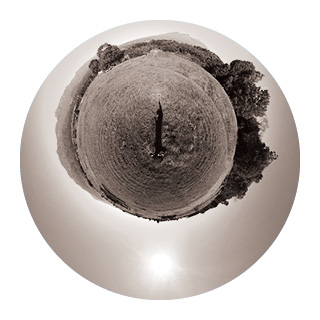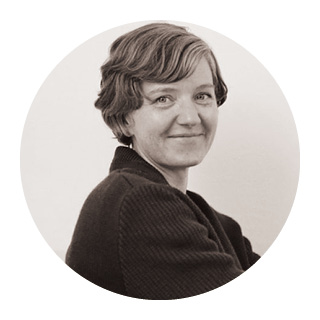
ロッテ・ライオン
Lotte Lyon展示会場
昭和45(1970)年、オーストリア・グラーツ生まれ。ウィーンとベルリンにて彫刻を学び、現在はウィーンにて制作。日常的な素材を用いたミニマムな彫刻を特徴とする。ヨーロッパを中心に展示を続けているが、平成18(2006)年以降は日本でもいくつかのコラボレーションがある。
近年の主な個展に、『Hard Opening』(MAG3、オーストリア/2021)、『Acht Grad』(Kluckyland、 オーストリア/2019)、『Coffee Table Book』(rauminhalt_harald bichler、オーストリア/2018)、『Über die Künstlerin』(ICON GALERIE、オーストリア/2017)など。
Born in Graz, Austria in 1970. Studied sculpture in Vienna and Berlin, and currently lives and works in Vienna. Her work is characterized by minimalist sculptures using everyday materials. She has been exhibiting mainly in Europe, but has also had several collaborations in Japan since 2006.
Recent major solo exhibitions include “Hard Opening” (MAG3, Austria/2021), “Acht Grad” (Kluckyland, Austria/2019), “Coffee Table Book” (rauminhalt_harald bichler, Austria/2018 ), and Über die Künstlerin (ICON GALERIE, Austria/2017).
作品ステートメント
徹底的に構成要素を削ぎ落とし、空間そのものを彫刻とする作家。《fifth》と題された5点の作品群は、異なる線や色彩で彩られた高さ50センチほどの彫刻作品で、椅子やサイドテーブルといった「家具」のような印象を与える。ウォールペインティングにも取り組んできた作家が、ミニマムな彫刻で空間を作り上げることに挑んだともいえる。
垂直に交わり側面へつながる数本の細い線は、複雑に広がっていくような視覚効果を生む。また、傾斜をつけた平行線からはどこまでも延び続けるイメージを与え、面を意識させる太いラインや「ボックス」としての形には内部を想起させる効果がある。住居空間に多用される合板には親近感を覚えながらも、それぞれの作品が主張する異なるグリッドが、全体として見たときの違和感を生み出している。個々で分断しつつも全てを内包することで、想像力がかき立てられ広がりのある空間がもたらされている。
The artist has thoroughly cut down the constituent elements, making the space itself a sculpture. The group of seven works titled “fifth” are sculptures about 50 centimeters high, colored with different lines and colors, and give the impression of “furniture” such as chairs and side tables. It seems that the artist, who has been involved in wall painting, has taken on the challenge of creating a space with minimalist sculptures.
Several thin lines that intersect vertically and lead to the sides create a complex and spreading visual effect. The sloping parallel lines give an image of endless extension, and the thick lines remind us of the surface while the “box” shape have an effect of also reminding us of the interior. The plywood that is often used in residential spaces is familiar, but the different grids that each work insists on give a sense of discomfort when viewed as a whole. By dividing them individually but encompassing them as a whole, the works stir the imagination and create an expansive space.
